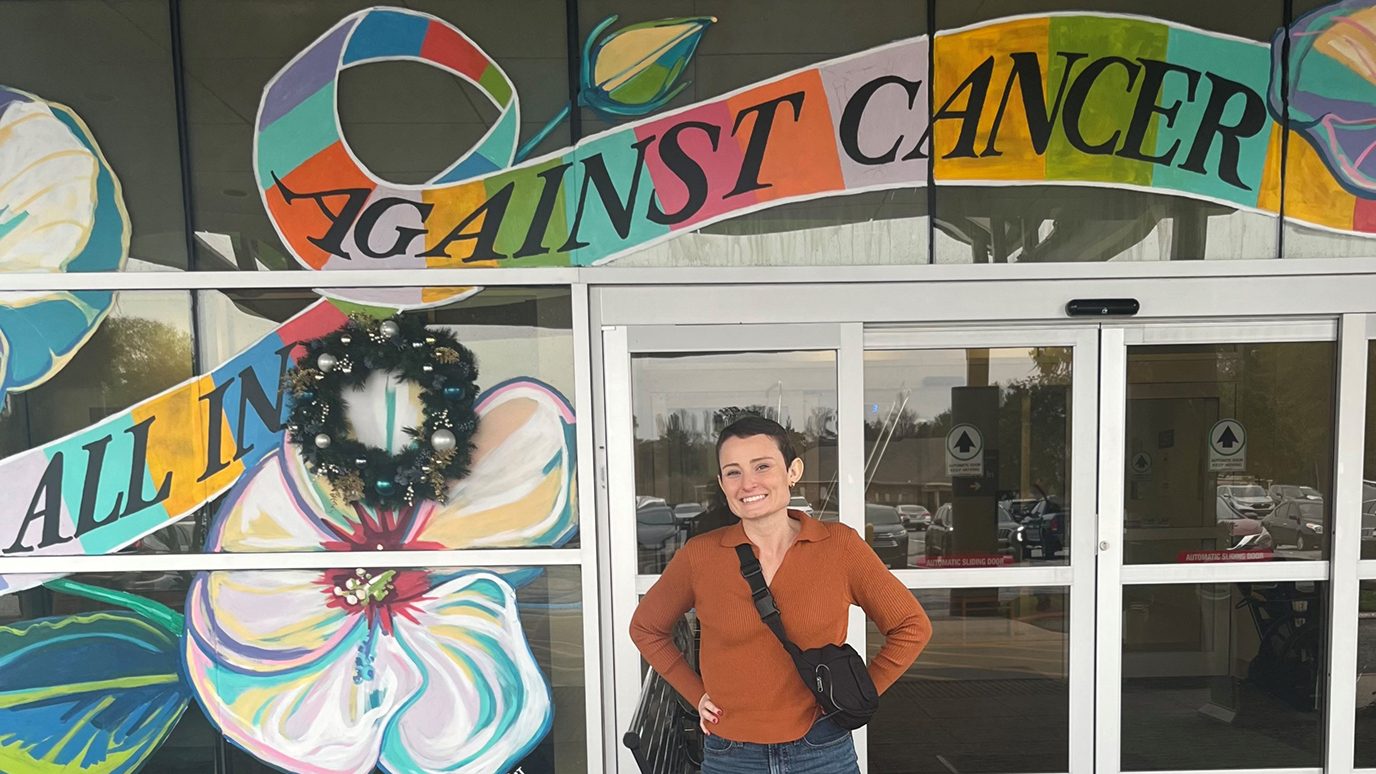Second Opinion Appointments

When patients are diagnosed with cancer, they may ask a new doctor to review their diagnosis or treatment plan. This is a second opinion.
Second opinion appointments can play an important role in cancer treatment.
There can be two parts to these appointments. The first covers diagnosis. A second opinion can confirm or update your diagnosis. It can also provide an accurate diagnosis when you have inconclusive tests from another health care provider.
Second opinions can also review cancer treatments. If you have a care plan from another provider, MD Anderson doctors can evaluate that plan, even if your diagnosis does not change.
As part of this evaluation, doctors may recommend a clinical trial for a new treatment or a new combination of existing treatments. Some of these trials are available only at MD Anderson. Doctors will recommend a clinical trial only if they believe it is the best treatment for you.
After receiving your treatment plan, you can then choose to stay at MD Anderson for care or return to your original oncology team.
Get a second opinion before starting treatment
The best time to get a second opinion is immediately after diagnosis, before you have started treatment. That is when a second opinion can help the most, since it may not be possible to change treatments once you have started care.
If you have already begun treatment, a second opinion can still be useful. It can help doctors fine-tune treatment plans and, in some cases, lead to changes in treatment.
Second opinion scheduling
Second opinion appointments at MD Anderson are treated like standard new patient appointments. We do not offer remote second opinions at this time.
Patients usually meet with multiple physicians. Appointments typically include blood tests, imaging exams and tissue sample evaluations. Depending on the disease, we may also perform a molecular diagnosis of the cancer. This can pinpoint your exact subtype and help get you the best treatment plan.
With so many tests and meetings, second opinion evaluations usually take place over several days. Spots may be limited.
To request an appointment, please visit our appointments page or call 1-855-924-5414. Our patient access representatives can tell you what to expect.
request an appointment online.
Help #EndCancer
Give Now
Donate Blood
Our patients depend on blood and platelet donations.
Shop MD Anderson
Show your support for our mission through branded merchandise.




